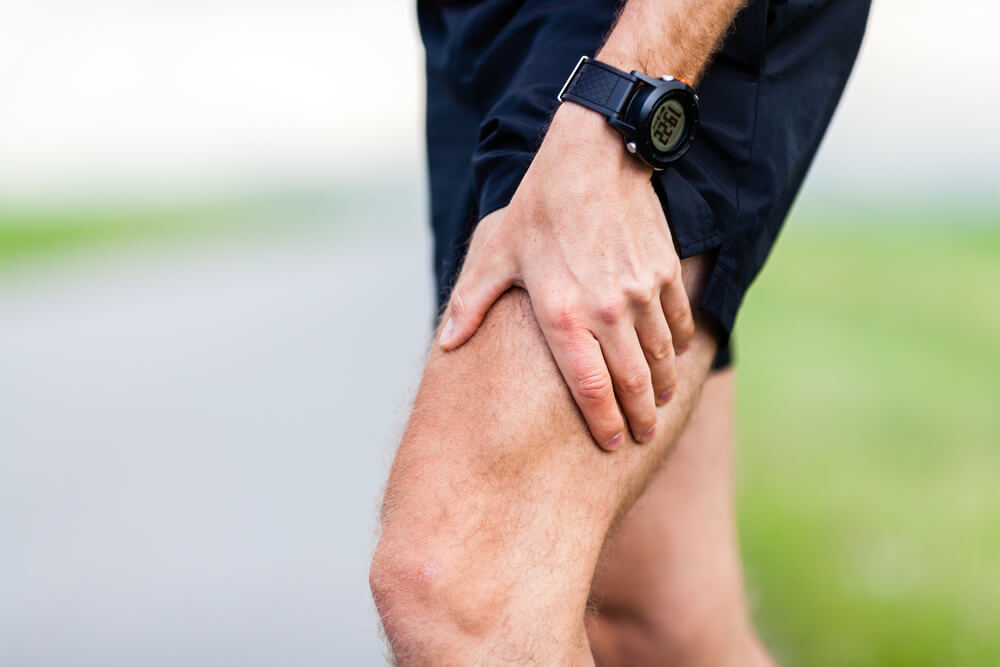5 ways to reduce delayed on-set muscle soreness (DOMS)
Have you ever woken the day after a strenuous leg workout, stood up, and almost immediately collapsed due to the immense pain in your lower extremities? Or have you ever gone to put on the seat belt in your car on the day proceeding a particularly challenging chest workout, and struggled to reach your arm across your body due to the great pain in your chest? Almost each one of us have experienced something akin to this at some point in our lives. So, what is this strange painful phenomenon? The answer, DOMS. What is DOMS? DOMS or Delayed on-set muscle soreness, is exercise induced muscle pain, that occurs when our muscles are subjected to a physically demanding stimulus that we are unaccustomed too. Unlike most forms of muscular pain, DOMS is not a reason to be concerned, and is caused by an inflammatory pathway, designed to help fix the damaged myofibril tears (muscle strains). Although DOMS are nothing to be concerned about, and are often used by people as a metric of an effective workout or not; it is important to not directly train any muscle group with severe DOMS as the muscle groupings strength, mobility, and muscle firing patterns are often impaired. Thankfully for all the dedicated, die hard, gym goers out there, there have been scientifically validated methods, as well as anecdotal (bro science) practices, that prove effective when attempting to reduce the severity of DOMS.
- Performing a cool down after a workout.
Proceeding a particularly difficult workout, cooling down with some light, steady paced aerobic activity, such as a gentle walk on the treadmill, as well stretching of the muscle groups involved in the days workout, is a time tested proven way to reduce DOMS in the days following. A proper cool down encourages healthy blood flow systemically in the body, helps clear bi-products of exercise such as lactic acid and ammonia, and delivers as many nutrients as possible in the blood stream for the athlete.
- Caffeine ingestion
In 2013, the University of Rhode Island’s Human Performance Laboratory conducted an experiment amongst males to determine if caffeine ingestion influences DOMS. One group of men were given caffeine prior to resistance training and the other group of men were given a placebo. Caffeine ingestion prior to resistance training was found to have a statistically significant effect, with men in the caffeine group reporting decreased perception of soreness in the days following resistance training.
- Rest and Recovery
This one should really go without saying, however a commonly overlooked and underappreciated part of fitness is the rest and recovery component. Ensuring you are getting optimal amounts of sleep, allowing your body to repair the damaged muscle tissue, as well as allowing your immune system to fully recover after strenuous exercise only hedges your chances that when you wake up you will not be as sore.
- NSAIDs (Non-Steroidal Anti-Inflammatories Drugs)
Traditionally the use of NSAIDs should be limited and used sparingly in athletes, as the inflammatory process that begins during resistance training is actually very beneficial for recovery. However, if the inflammation is presenting itself as a chronic symptom, or it is directly complicating your day and training, then the use of anti-inflammatories can be warranted.
- Focus on concentric training
If for some reason you particularly need to avoid feeling sore the day after your workout, an employable method is to focus on the concentric (or positive) portion of an exercise, instead of focusing on the eccentric (or negative) portion. This is because eccentric actions have been found to cause significantly more micro-tears in muscle tissue than concentric actions do.
The fitness industry has a funny relationship with DOMS, some love it, some hate it, some use it as an indicator of an effective workout (it isn’t though), but regardless of your stance on DOMS, I’m sure everyone will agree that occasionally we seek out ways to decrease the painful sensation. As listed above there are numerous ways you can help reduce the pain and inconvenience caused by DOMS, however it is important to mention, that besides the use of NSAIDs, these measures are preventative, and will not be nearly as effective if employed once you already have DOMS.

